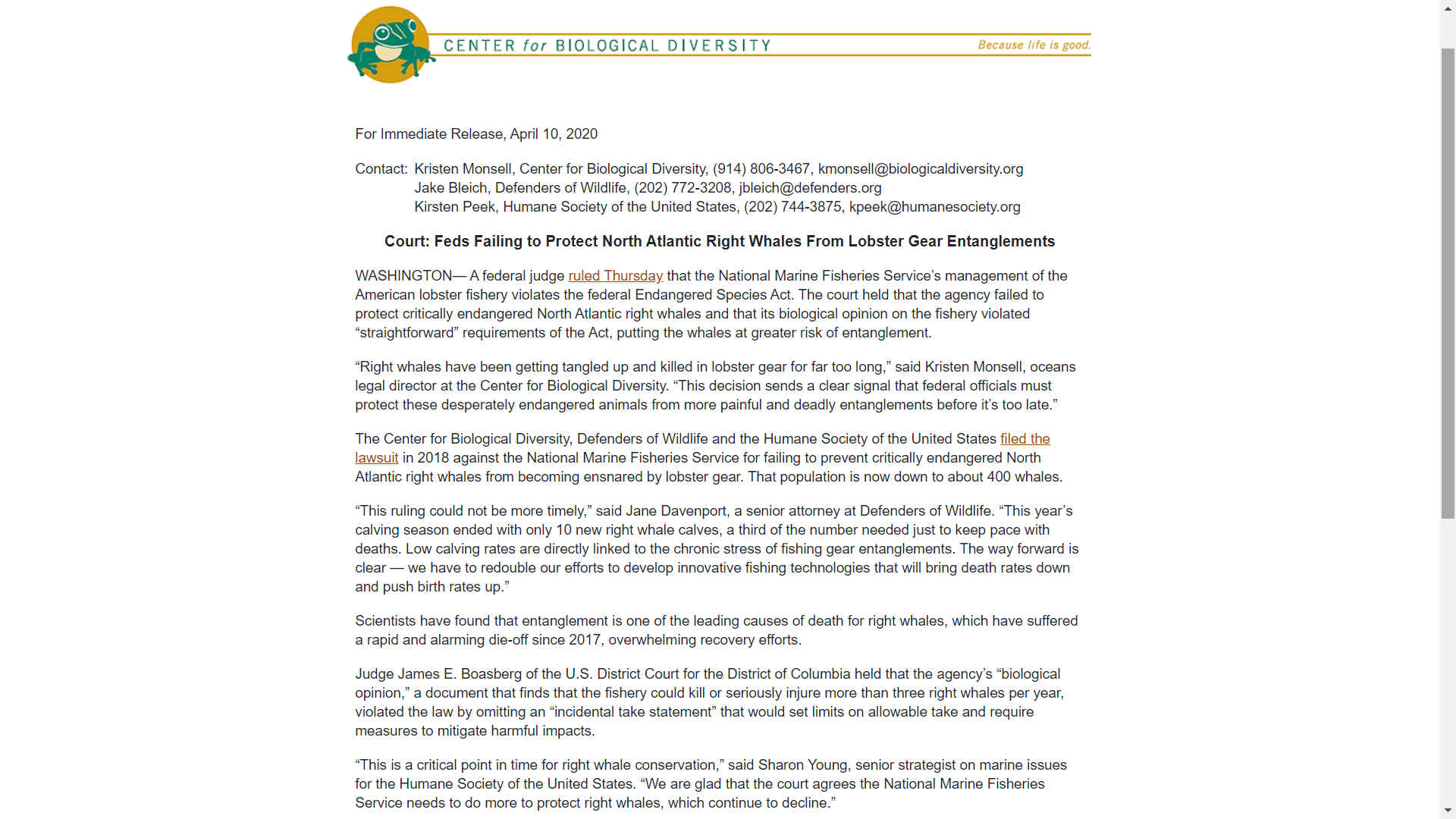|
SEAVAX
Please use our A-Z INDEX to navigate this site
|
|
When fully developed, the SeaVax would have been capable of harvesting ghost fishing nets. As far as we know, the only system capable of doing so. These machines might have been used to help stop illegal poaching using driftnets and other devices that are set deliberately to get around the international whaling ban.
Since first showing in 2016, the SeaVax concept, via the Cleaner Ocean Foundation and others, was the subject of three applications for European funding under the Horizon 2020 scheme, the last in February of 2020. Being volunteer led, the dream team could only afford to sacrifice five years of their working lives, before being forced to disband, or face insolvency.
Brexit discrimination did not help. Partly explaining why the EC examiners got it so wrong, in determining the technology was already developed. They were actually looking at a 1:20 scale proof of concept model, that could not deal with fishing nets. And had no selective robotic filtration, to switch filter sizes for microplastic harvesting, and avoidance of fauna. The concept was totally undeveloped. The EC's historic blunder stands as an example of inappropriate policies for all to see. Which we hope they learn from.
In the intervening years, nothing else has been funded, and there is still no solution in 2024. A nine year development black hole - during which time hundreds of thousands of marine mammals and reptiles have been slowly drowned; tortured.
It speaks for itself that the EU is not serious about dealing with the deaths of thousands of endangered species, making the Commission, their policies and policy makers part of the problem - in that if you won't pursue viable solutions - then you are effectively condoning pirate operations and the deaths of thousands of whales from ghost nets. It is called 'Joint Enterprise.'
The United Nations' response is to attempt to tag fishing nets, but again no direct action - and again - that makes such organizations part of the problem.
That is why we believe it is time for a change in the law at international level. To make it illegal to fail to act with due diligence, to protect the planet and the most vulnerable of its inhabitants.
FAILURE TO ACT WITH DUE DILIGENCE
We are not alone in this belief. In April 2020 a Federal Judge ruled that the National Marine Fisheries Service, were not doing enough to protect Right Whales from lobster gear entanglement.
The same could be said of the United Nations, European Union, G20 and just about every fishing nation. Where else are the nets coming from?
PERSISTENT MONITORING CE-FNR-09 - Machines like the Pilot SeaVax concept above provide sufficient energy to sample the marine environment continuously, also able to transport the sensors and sampling equipment anywhere in the world without using fossil fuels. We applied for funding in 2017 to build a simpler version of this machine, and again in 2020 to build this prototype with more frills and whistles, but were turned down on both occasions.
The head of the proposed machine can be raised out of the water during transit, and lowered to 8 meters to sample microplastics on the seafloor or riverbeds. It is possible to design a head to travel to greater depths, but this will require additional R&D. Without funding it is just historical proof that the establishment don't give a fig.
Although we have shown this equipment as part of the Pilot concept, once completed, heads like this could have been fitted to other suitably equipped research vessels. Again, without funding it is just us showing the world what might have been.
PRESS
RELEASE August 19, 2020
CENTER
FOR BIOLOGICAL DIVERSITY CONTACTS
Jake O’Neill, Conservation Law Foundation, (978) 478-8318, joneill@clf.org
Jake Bleich, Defenders of Wildlife, (510) 882-1592, jbleich@defenders.org
Emily Ehrhorn, The Humane Society of the United States, 202-779-1814, eehrhorn@humanesociety.org
Please use our A-Z INDEX to navigate this site
|
|
|
This website is Copyright © 2024 Cleaner Ocean Foundation Ltd
|


